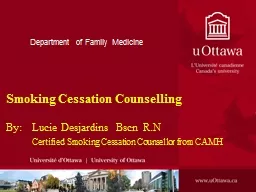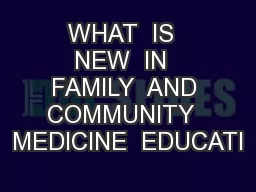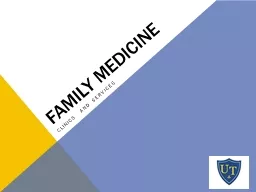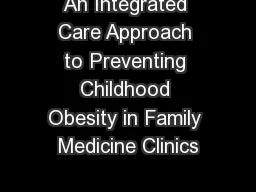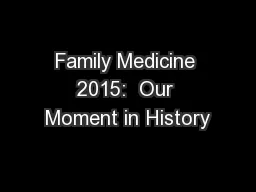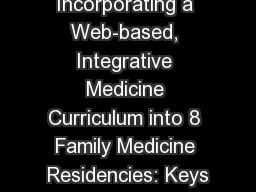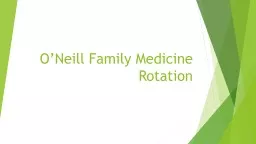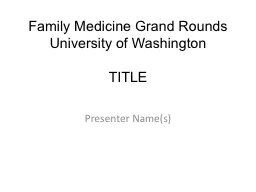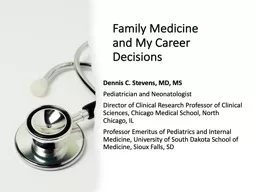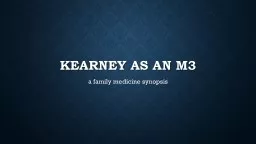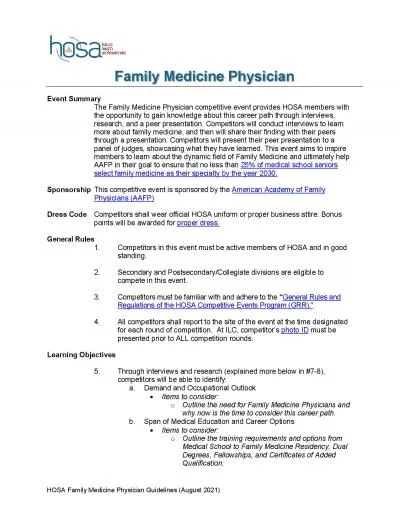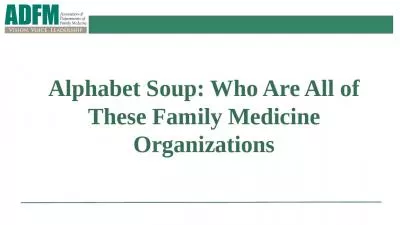PPT-Department of Family Medicine
Author : alida-meadow | Published Date : 2017-09-04
Smoking Cessation Counselling By Lucie Desjardins Bscn RN Certified Smoking Cessation Counsellor from CAMH Fast Facts on Tobacco Use in Canada Tobacco kills 1
Presentation Embed Code
Download Presentation
Download Presentation The PPT/PDF document "Department of Family Medicine" is the property of its rightful owner. Permission is granted to download and print the materials on this website for personal, non-commercial use only, and to display it on your personal computer provided you do not modify the materials and that you retain all copyright notices contained in the materials. By downloading content from our website, you accept the terms of this agreement.
Department of Family Medicine: Transcript
Download Rules Of Document
"Department of Family Medicine"The content belongs to its owner. You may download and print it for personal use, without modification, and keep all copyright notices. By downloading, you agree to these terms.
Related Documents

